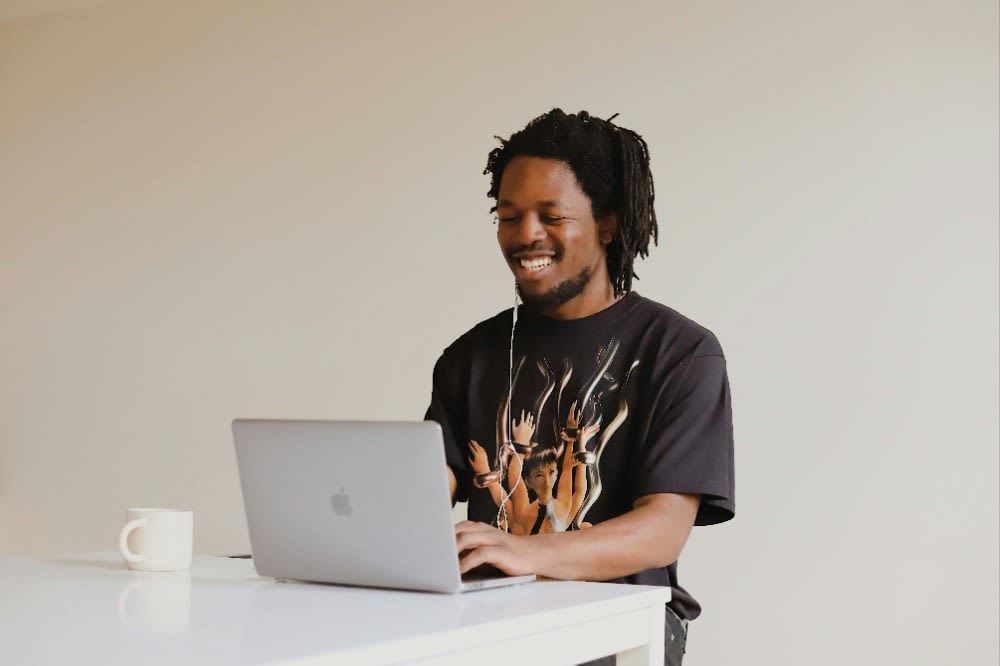In the latest instalment of our Coffee Chat in 15 series, Bob Rehill caught up with Amanda Potter, Co-Founder & CEO at BeTalent to discuss what HR organisations should expect from the industry post-pandemic.
Over a year ago, Bob and Amanda discussed coming out of the Covid-19 pandemic and how employees may start returning to work and what HR organisations should expect. Now, in 2022, following new variants, additional restrictions, and with a more normal return to work finally on the horizon, HR organisations are beginning to look ahead and to wonder what they can expect post-pandemic. We began our discussion by asking Amanda how managers and leaders are feeling and what she is seeing in the marketplace.
“I think the first thing to talk about is coming out of the pandemic, we’ve seen leaders be more resilient than ever. They’ve dealt with a huge amount of diversity, they’ve dealt with the isolation, they’ve been trying to create a sense of unity and collaboration in teams, even though everyone’s been working remotely.”
Amanda continues “I feel that leaders have been much more conscious about their job, their role as a leader and their desire to create a sense of togetherness or belonging, and purpose within teams. I’m very proud of the leaders that I’ve been working with, there’s a sense for me that leaders have strived and almost succeeded in dealing with the adversity over the last few years.”
Secondly, Amanda believes that we are now in the face of a potentially imminent crisis, with the situation in Ukraine. “Now more than ever, we need to draw on some of that resilience that we have been learning and we need to take stock of the situation. We need to not react in a swift way or in a knee-jerk way, and make sure that we really think about the organisation that we’re working for, the teams that we’ve got, and our future goals and aspirations and continue to drive towards that, despite this very worrying time that we’re potentially facing.”
Bob agrees “You’re right, I’ve got clients that are working out in Poland, Ukraine, and those Eastern cubes, and they’re having to drop everything at the moment and start thinking about the welfare of their people. Those managers have had to think very differently – some of them have adapted well and some of them have actually struggled.”
As a result of this, what sort of advice is Amanda giving to organisations where they’re having to now deal with this new crisis?
“First, is to assess the situation, then leaders need to be visible, they need to stand up and show that they care, they need to make sure that each of the people in their team or in their organisation, can see them and can hear from them. In particular, they should be humble. They should talk about the fact that they don’t have the answers, and they are grappling with the challenges themselves, they should be open about it, they shouldn’t come to a meeting believing that they need to have all the answers or a really clear, definitive plan, because we don’t know what’s going to unfold over the next few weeks.”
In addition, Amanda believes that leaders need to prepare for the worst but hope for the best. Her personal view is that right at the moment, leaders need to be doing a lot of thinking but not a lot of acting. “What we don’t want to see is kind of a ricochet effect of leaders making very drastic decisions about workforces or teams, and then having to undo some very difficult decisions.”
Bob really agrees with this idea. “I love the terminology you use, and I think if organisations and leaders can start to adopt some of that terminology and think about taking the time to react but also take thinking time as well, it’s really important.”
Thinking about organisations five years ago, the workplace was a completely different landscape, and the future is also going to be challenging, so how do you hire the right type of people now and what skills should we be looking for? What is it that leaders need to have that we probably hadn’t considered five years ago?
“The main thing for me is five years ago, whilst the strength methodology and approach was interesting in this country, probably over 50% of organizations were adopting a strengths-based approach to assessment and recruitment. I would say it’s taken a massive stronghold now. It’s not that organizations are just buying these strengths, it’s more that they’ve changed their ethos.”
Amanda continues “It’s meant that candidates need to change the way they see themselves when they’re applying for job. In the past, 10-20 years ago, we had competency-based assessment for recruitment and the very first cut-off that clients used to use for recruitment was at least a three out of five. We worked with a major global bank for 11 years recruiting 600 graduates for them a year. The first cut-off for recruitment for those graduates was three of five. Now, that organization and many others have changed their ethos towards a strengths-based approach, which means that rather than looking for average, they’re looking for outstanding in certain areas, but recognising that there will be gaps in other areas.”
As a result, the greatest change seen over the last five years in particular is this move from a competency-based approach to a strengths-based approach, which recognises that everybody has outstanding areas that they’re energized by and that they enjoy, and they gravitate towards the things that they’re not so good at, and could potentially be a risk. Amanda believes this is important. “This is the thing that I’m the most excited about at the moment, cognitive diversity. Because if we hire people who are different to one another in terms of how they think, their cognitive diversity, or in other words, their strengths, they’re more likely to innovate, and problem solve, and make better, more effective decisions, which at the moment, we really need.”
Bob is keen to look ahead to the next five years. “What behaviours are people going to be looking for, will it just be more cognitive or is there something else in the research that you have been doing?”
“What I’m seeing is the balance between stability and consistency and cognitive diversity. I’ll give you an example – we’re working with an organisation, a client who has been striving for collaboration. It’s a partnership model organisation of thousands of employees, and they rely heavily on the relationships with their consulting partners. They embedded a model of collaboration, and we were brought in to validate that model to check it was working. Our conclusion was that the collaboration model was driving them away from a culture of psychological safety. It was driving behaviours around consensus, around deferring to leadership, and was removing the opportunity for people to challenge each other, to question each other and to make mistakes. Because it’s a very purpose led organisation, nobody wanted to make the wrong decision or make a mistake because it would impact people’s lives. So, I think what we’ll see in the future is many more situations where there are dynamics or conflicts that are happening. So that organization that is striving for consistency, consensus and collaboration, actually, it needs diversity, it needs innovation, and it needs disruption. In particular, that organisation has an average length of service of over 20 years, so if you think longevity, low cognitive diversity, because of long length of service, combined with consensus driven culture, all of those things are not going to create a sense of innovation or opportunity to challenge each other.”
BeTalent have recently donesome research of some of the top 1,000 companies, so Bob is keen to find out what Amanda thinks are the top two or three areas that they are focusing on that make them the success that they are today. “If organisations were thinking I want to be like one of the most successful companies out there, what are you seeing in the research you’ve done that makes them different?”
“I think the three things that they’re focusing on is cognitive diversity, but fundamentally, it’s way beyond identity-based diversity, which of course, is the right thing to do. It’s about bringing people together who think differently, it’s about psychological safety to make sure people speak up and challenge. Finally, it’s about cultural agility, so there’s quite a lot in Harvard Business Review, moving away from the concept of fit, but actually, the need for co-cultures to be agile, to evolve with the environment and the situation which, given what we started this conversation about Ukraine, we need more than ever. We need organizations to be culturally agile” Amanda responds.
BeTalent are an exhibitor on the HRTech247 Talent & Performance Management floor of the Technology Hall. You can visit their virtual space here.






